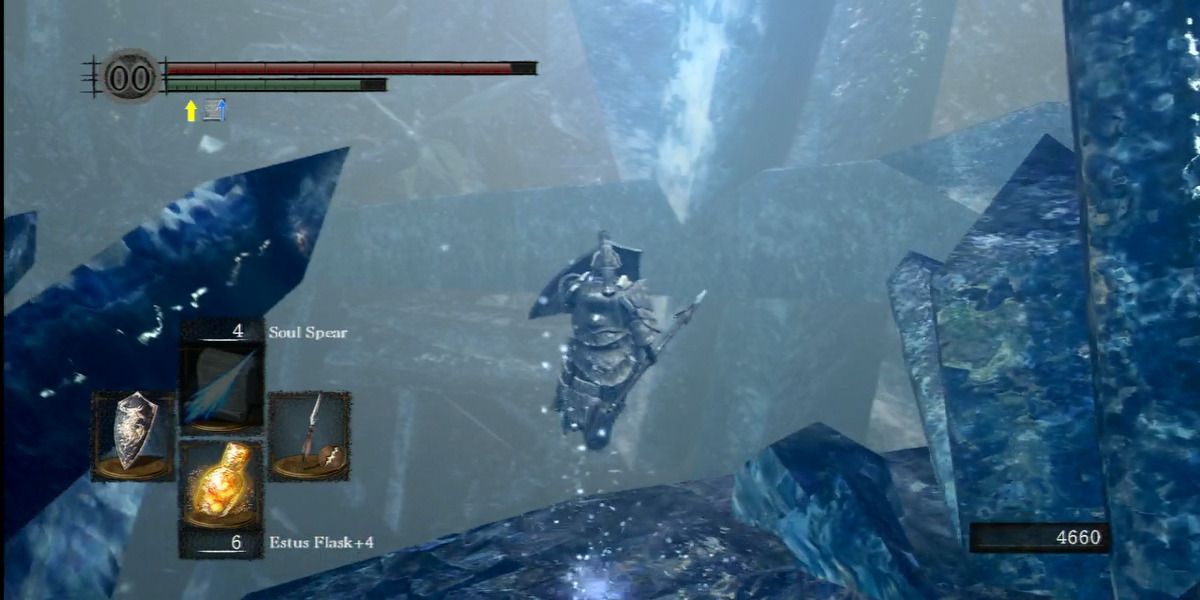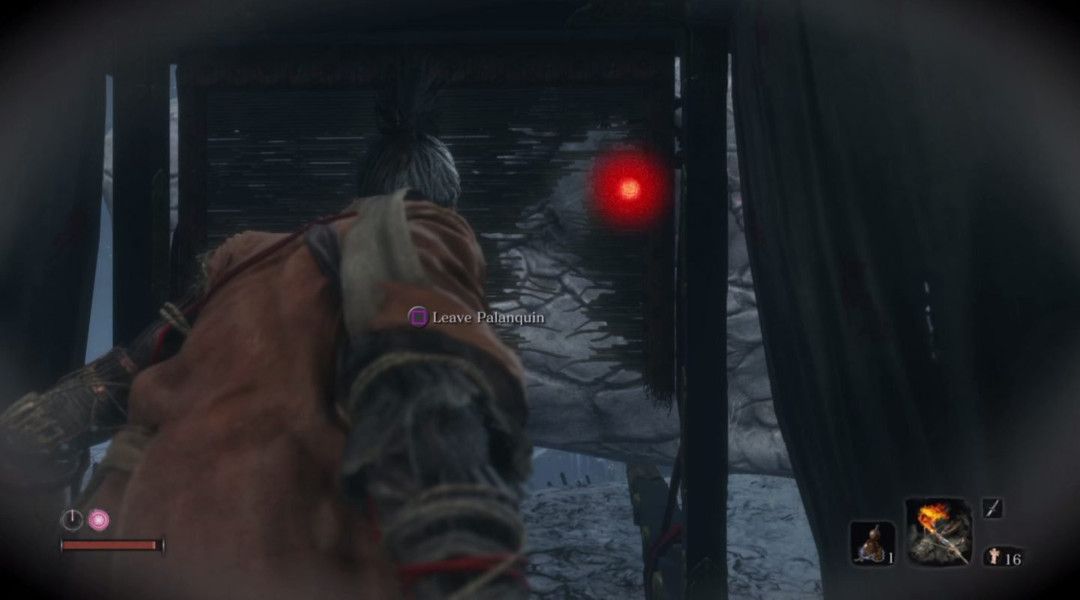Assuming all is well, Elden Ring will be out in a few short months. FromSoftware will expand its already flexible level design into a pseudo-open world, with six different areas being accessible by the player right from the start. With all manner of new vertical movement options and a horse to speed things up, the structure of this game will be different from any FromSoftware title before it. That is rather significant, considering that FromSoftware has made a name for itself in modern times with its Souls games, which Elden Ring appears to be a successor to. Apart from a few significant new elements, Elden Ring seems to be a direct evolution of past FromSoftware games.
This can be seen most keenly in Elden Ring's mechanics. Elden Ring is bringing forward many of the bits and pieces that make Dark Souls and Demon's Souls what they are, including plenty of weapons, spells, special abilities, and even online multiplayer. FromSoftware's dark fantasy aesthetic appears to be intact, and G.R.R Martin's writing involvement ensures that the usual amount of optional lore will still be around. However, Elden Ring takes a few things from FromSoftware's other recent games as well, including Sekiro: Shadows Die Twice. Implementation of a true jump button is the most obvious feature carried over from that game, but it's not the only one. Elden Ring appears to be implementing a more detailed approach to stealth than past FromSoftware games, and it will be interesting to see how it does so.
How Stealth Worked in Past FromSoftware Titles
Previously, Souls game stealth has been fairly primitive. The major things it has concerned itself with have been reducing sound and sight. Both of these aspects have been present since Demon's Souls, and equipment, spells, and strategies have been present to take advantage of them both. Demon's Souls introduced a couple of rings and spells that were made to enforce a stealth mode against NPCs and black phantoms. These effects would also reduce lock-on range, which could be useful even after being spotted in PvP. Unfortunately, it also ran into issues regarding invading players being able to see auras and soul form particles through invisibility, drastically reducing the effectiveness of this approach. Future games got better about this aspect, but then again, stealth was never really a priority in the Souls games.
More stealth options continued to be introduced over the years, including more ways to reduce one's own movement sounds, and ways to change a player's appearance entirely. The Chameleon spell added in Dark Souls 1, used to change into various environmental objects, became a staple for a certain type of player. It was also possible to dress up as enemies and impersonate them in the environment. An invader would only be able to tell a host apart from an enemy using a player model if they happened to lock onto them. In turn, invaders could change their coloration into that of either a different type of phantom or their regular colors. And while this is a different type of stealth, the unlockable rings from Dark Souls 2 challenge runs that enable players to hide their weapons are also a form of subterfuge.
How Sekiro Revolutionized FromSoftware Stealth
Taking all of that into consideration, it's clear that stealth has always been a consideration in modern FromSoftware games. However, what stealth actually does is very limited. The only things to do with it are avoid fighting some enemies, make backstabs easier, and decrease invader lock-on range. Combat was always the main focus of Demon's Souls, Dark Souls, and Bloodborne, so stealth was simply something for players to experiment with. Sekiro: Shadows Die Twice was FromSoftware's first attempt at making a more involved stealth game in quite some time. Loosely based on the old Tenchu franchise, Sekiro put players into the shoes of the agile shinobi Wolf. Wolf's mobility allowed him to re-establish stealth, something that was very difficult in FromSoftware Souls games, and that isn't all he has in his bag of tricks.
Stealth had always been treated like some sort of status buff in the Souls titles, but in Sekiro it was an ever-present option. Wolf could crouch, allowing him to make less noise at the cost of some speed, and hide in tall grass and certain low structures. He could climb and move along ledges and was often rewarded for doing so. Successfully approaching any normal enemy in Sekiro while in stealth allowed the player to instantly kill them. Even some mini-bosses and bosses were vulnerable to stealthy attacks, with the True Corrupted Monk being the most memorable of these. Sekiro also introduced tools that specifically enabled better stealth, which in turn allowed players to chain together stealth kills. While some of the Souls titles' wackier stealth options were left behind, the concept as a whole was better realized in Sekiro.
Elden Ring's Environments Enable Better Stealth
It is now up to Elden Ring to sort through its predecessors' mechanics and find what works best for it. The return of Sekiro's crouch definitely implies that sneaking will be a more viable strategy this time around, and there will no doubt be a number of additional spells and items taken from FromSoftware's various games that allow a player to reduce their noise and visibility. It comes down to the area design to allow players to make effective use of these tools.
And that area design will be what truly makes or breaks Elden Ring's stealth. The increased verticality means that players can perform more reconnaissance, find more routes through regions, and literally get the drop on enemies more often. Elden Ring players will suddenly find themselves in a setting that allows many more stealth opportunities, and it may take some time to get used to it. However, once some understanding of how to use Elden Ring's many tools in tandem is formed, players will be creeping through the environment with no issues. It may not be as graceful as Metal Gear or Splinter Cell, but it will definitely be a new way to experience FromSoftware's signature epic action-RPG gameplay.
Elden Ring is set to release January 21, 2022, for PC, PS4, PS5, Xbox One, and Xbox Series X/S.




